Source: MedRobot ; Editor: Mint
Reprint Requirements: Please indicate the source at the beginning of the article, and it can be reprinted directly.

From selecting navigation paths on maps to ChatGPT drafting emails, artificial intelligence has made everyday life easier and reduced the difficulty of various tasks. Similarly, in the healthcare field, AI plays a crucial role. Integrating AI and machine learning into the operating room, based on existing technologies, brings significant value to patients, doctors, and hospitals.
Artificial intelligence is based on specific algorithms that endow computers with cognitive functions similar to human thinking (such as problem-solving and decision-making). With advances in machine learning (ML) and natural language processing (NLP), AI is transforming the healthcare industry. Since this technology requires substantial real data support, the development of AI in the surgical field is not an overnight success. AI complements the skills of surgeons rather than replacing them.
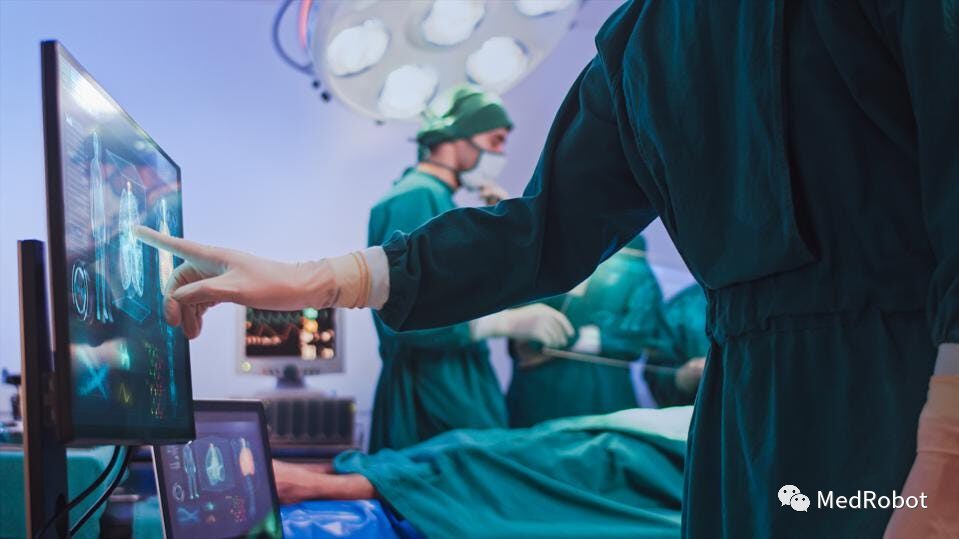
Although the relationship and potential between surgeons, patients, and computers have yet to be fully explored, the application of AI in surgical operations has already brought significant changes for doctors and patients: preoperative planning and intraoperative navigation in robot-assisted surgeries continue to advance with the support of computed tomography (CT), ultrasound, and magnetic resonance imaging (MRI), while minimally invasive surgery (MIS) combined with robotic assistance reduces surgical trauma and enhances patient recovery speed.
# Advantages of AI in Robotic Surgery
(1) Big Data Learning Capability
Surgeons’ exceptional skills are honed through decades of continuous learning, practice, and progress, but their cognition and learning still have limitations. AI systems can absorb massive amounts of information in just a few seconds, yet they cannot take on the role of human doctors throughout the treatment process.
The development of surgical robots typically centers on the AI’s “big data learning” advantage, highlighting how AI maximizes the potential uses of information and data. AI-based surgical systems are not limited by time or memory and can input thousands of surgical records in seconds and remember them with equal accuracy.
Therefore, robotic surgery can rely on AI to absorb more data and serve as a learning tool for surgeons at all stages of their careers. From training doctors in different surgical methods to providing centralized learning opportunities for surgeons in developing regions, AI can reshape how doctors learn, practice, and refine their surgical skills.
(2) Identifying New Trends
AI provides surgeons with a new perspective, introducing new methods into traditional surgeries and gradually establishing new surgical standards. By learning from vast amounts of surgical data, AI-based robotic surgical systems can offer surgeons highly relevant technical recommendations, enhancing the surgical experience for both doctors and patients. AI-guided robotic surgeries are gradually becoming popular worldwide, striving to achieve optimal surgical outcomes.
(3) Alleviating Cognitive and Physical Stress
In addition to learning from vast surgical data to provide surgical recommendations, AI can enhance robotic surgery outcomes by reducing the stress on surgeons. By highlighting tools, monitoring operations, and providing alert functions, AI-driven robotic surgical systems can guide surgeries and streamline the surgical process. Based on the needs of different patients, AI can map out the best surgical steps, saving surgical time and alleviating cognitive stress on surgeons, allowing them to perform a higher volume of surgeries at a higher level for better results.
In fact, in the aviation field, AI has already demonstrated its advantages. The AI system Flyways from Airspace Intelligence continuously optimizes flight routes based on factors such as weather forecasts, safety risks, and fuel efficiency, relieving the pressure on airline dispatchers and pilots, who no longer need to change flight routes on the fly. Additionally, AI-planned flight routes can effectively reduce flight time and fuel consumption, enhancing flight safety and efficiency.
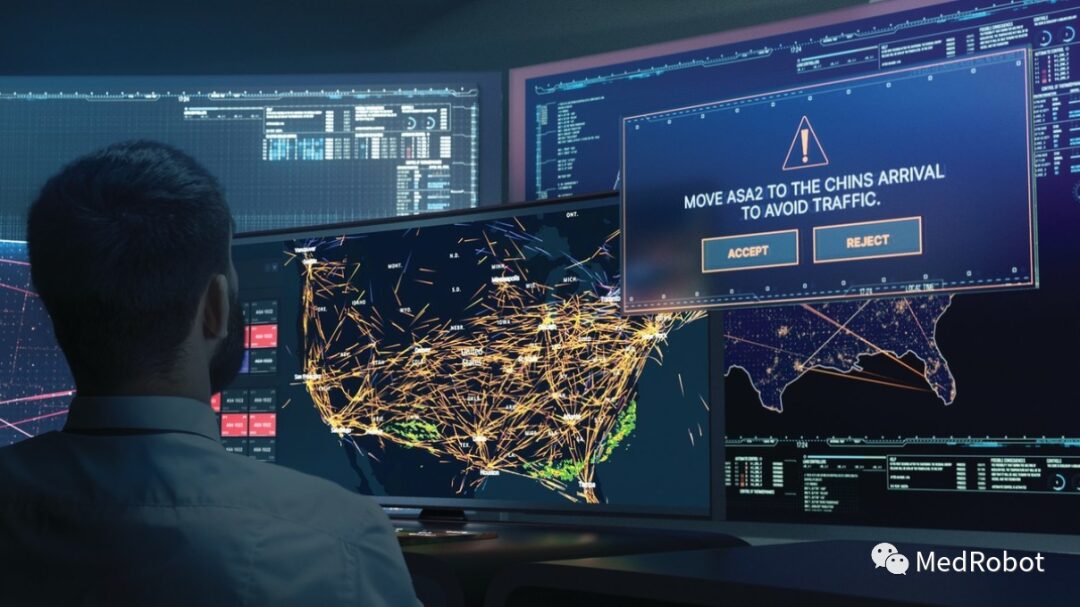 ▲AI system Flyways from Airspace Intelligence
Furthermore, AI can utilize its vast database of “experience” to provide more ergonomic solutions in the operating room, alleviating the physical stress surgeons endure during surgeries. Thus, the combination of AI and robotic surgical platforms is beneficial for surgeons’ physical health and can extend their careers.
(4) Redefining Surgical Care
Currently, two-thirds of the global population (approximately 5 billion people) still cannot access surgical treatment when it is most needed. However, using AI-based robotic surgical systems is expected to narrow this gap, allowing patients worldwide to receive better surgical care.
AI can ensure more doctors have the opportunity to learn cutting-edge knowledge in the field, thereby increasing the number of specialized robotic surgeons. No matter where they are or what resources are available to them, surgeons can learn and utilize AI-based robotic surgical technologies to reach a broader patient demographic. Additionally, AI can help surgeons expand their specialties, learn, and perform a greater variety of surgeries, broadening their impact.
# The Role of AI in Various Surgical Stages
(1) Preoperative Planning
Preoperative planning is the stage where surgeons develop surgical plans based on patients’ cases and imaging data. In addition to using general image analysis techniques and machine learning, AI’s deep learning has also contributed to this stage.
Today, deep learning has been applied to anatomical classification, detection segmentation, and image registration. Deep learning algorithms can identify abnormalities in patients from CT scans, such as tibial fractures, intracranial hemorrhages, and midline shifts, improving diagnostic efficiency and timeliness, showcasing the potential for automated triage.
Recurrent Neural Networks (RNN) have been used for real-time predictions of renal failure, mortality after cardiac surgery, and postoperative bleeding predictions, outperforming traditional detection methods. These can be achieved by collecting clinical data without human involvement, providing more timely care for patients at risk of such complications.
(2) Intraoperative Guidance
Computer-assisted intraoperative guidance has long been considered fundamental to minimally invasive surgery. AI can learn surgical strategies and apply these strategies (such as tissue tracking imaging) in minimally invasive surgeries.
Accurate tracking of tissue structure deformation is critical in intraoperative guidance and navigation for minimally invasive surgery. Due to the complexity of tissue structure changes, scientists have developed an algorithm-based online learning framework for accurate soft tissue tracking in vivo.
(3) AI-Assisted Robotic Surgery
AI-driven surgical robots can assist in the operation and positioning of surgical instruments, allowing surgeons to focus on other complex surgical tasks, enhancing surgical outcomes, and subsequently reducing overall surgical costs.
Through machine learning, surgical robots can browse millions of datasets to summarize the best surgical strategies for specific situations.
Asensus Surgical’s performance-guided surgery (PGS), based on laparoscopic examination, incorporates machine vision, augmented intelligence, and deep learning capabilities, guiding and improving decision-making by providing surgeons with feedback on surgical information, thereby enhancing surgical predictability. Conversely, the operations of human surgeons are also learned and absorbed by AI, optimizing surgical outcomes.
▲AI system Flyways from Airspace Intelligence
Furthermore, AI can utilize its vast database of “experience” to provide more ergonomic solutions in the operating room, alleviating the physical stress surgeons endure during surgeries. Thus, the combination of AI and robotic surgical platforms is beneficial for surgeons’ physical health and can extend their careers.
(4) Redefining Surgical Care
Currently, two-thirds of the global population (approximately 5 billion people) still cannot access surgical treatment when it is most needed. However, using AI-based robotic surgical systems is expected to narrow this gap, allowing patients worldwide to receive better surgical care.
AI can ensure more doctors have the opportunity to learn cutting-edge knowledge in the field, thereby increasing the number of specialized robotic surgeons. No matter where they are or what resources are available to them, surgeons can learn and utilize AI-based robotic surgical technologies to reach a broader patient demographic. Additionally, AI can help surgeons expand their specialties, learn, and perform a greater variety of surgeries, broadening their impact.
# The Role of AI in Various Surgical Stages
(1) Preoperative Planning
Preoperative planning is the stage where surgeons develop surgical plans based on patients’ cases and imaging data. In addition to using general image analysis techniques and machine learning, AI’s deep learning has also contributed to this stage.
Today, deep learning has been applied to anatomical classification, detection segmentation, and image registration. Deep learning algorithms can identify abnormalities in patients from CT scans, such as tibial fractures, intracranial hemorrhages, and midline shifts, improving diagnostic efficiency and timeliness, showcasing the potential for automated triage.
Recurrent Neural Networks (RNN) have been used for real-time predictions of renal failure, mortality after cardiac surgery, and postoperative bleeding predictions, outperforming traditional detection methods. These can be achieved by collecting clinical data without human involvement, providing more timely care for patients at risk of such complications.
(2) Intraoperative Guidance
Computer-assisted intraoperative guidance has long been considered fundamental to minimally invasive surgery. AI can learn surgical strategies and apply these strategies (such as tissue tracking imaging) in minimally invasive surgeries.
Accurate tracking of tissue structure deformation is critical in intraoperative guidance and navigation for minimally invasive surgery. Due to the complexity of tissue structure changes, scientists have developed an algorithm-based online learning framework for accurate soft tissue tracking in vivo.
(3) AI-Assisted Robotic Surgery
AI-driven surgical robots can assist in the operation and positioning of surgical instruments, allowing surgeons to focus on other complex surgical tasks, enhancing surgical outcomes, and subsequently reducing overall surgical costs.
Through machine learning, surgical robots can browse millions of datasets to summarize the best surgical strategies for specific situations.
Asensus Surgical’s performance-guided surgery (PGS), based on laparoscopic examination, incorporates machine vision, augmented intelligence, and deep learning capabilities, guiding and improving decision-making by providing surgeons with feedback on surgical information, thereby enhancing surgical predictability. Conversely, the operations of human surgeons are also learned and absorbed by AI, optimizing surgical outcomes.
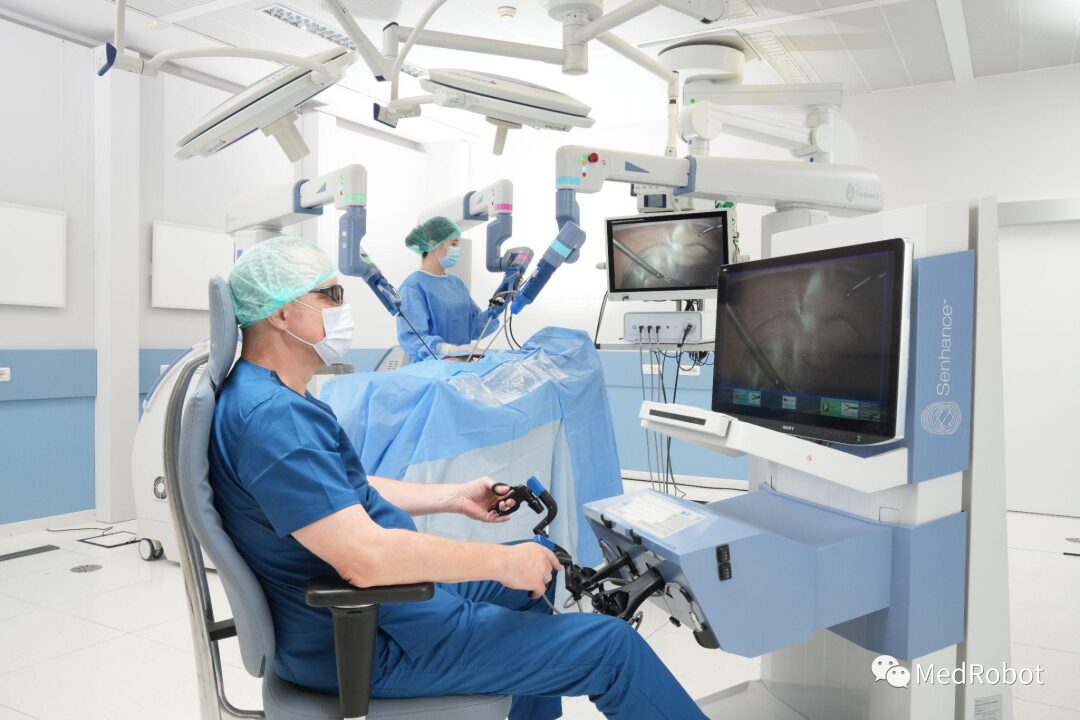 ▲Senhance surgical robot from Asensus Surgical
▲Senhance surgical robot from Asensus Surgical
Learning from demonstration (LfD) is a method used to “train” AI, aiming to enable AI to independently complete new tasks based on existing information. In the first phase, LfD divides a complex surgical task into several sub-tasks and basic operations. In the second phase, the surgical robot identifies, simulates, and executes sub-tasks in a sequential manner, assisting human surgeons in repetitive operations during surgeries.
Expanding the application of autonomous robots in surgical procedures (especially minimally invasive surgeries) and the variety of tasks these robots perform is a daunting task. To address this issue, Johns Hopkins University (JHU) and Intuitive Surgical collaborated in an IRB-approved study, utilizing the da Vinci surgical system to collect surgical data from eight surgeons with varying skill levels, establishing the first public benchmark surgical dataset—JHU-ISI Gesture and Skill Assessment Working Set (JIGSAWS), a surgical activity dataset for human motion modeling.

▲JHU-ISI Gesture and Skill Assessment Working Set
During the data collection process, kinematics and three-dimensional motions were captured, and then AI analyzed them—recognizing suturing, needle passing, and knot-tying actions, with an accuracy of about 80%, demonstrating that there is still significant room for improvement in AI’s ability to predict different surgeons’ gesture activities.
Moreover, in many surgical tasks, reinforcement learning (RL) is also a frequently used machine learning paradigm for executing “sub-tasks” during surgeries (such as intubation and soft tissue manipulation). These tasks are challenging to form precise analytical models; therefore, reinforcement learning algorithms rely on the strategy of “learning from demonstration” rather than learning from scratch, reducing the time required for the machine learning process.
# AI-Assisted Robotic Surgery Cases
(1) Non-Contact Human-Machine Interaction Assisted Surgery
Human-machine interaction allows human surgeons to operate surgical robots in a non-contact manner. This operation can be achieved through head or hand movements, voice and speech recognition, or the surgeon’s gaze.
▲FAce MOUSe: A novel human-machine interface for controlling the position of a laparoscope
Currently, surgeons’ head movements have been used to remotely control robotic laparoscopes: FAce MOUSe is a human-machine interaction device that monitors surgeons’ facial movements in real-time without any physical contact. The movements of the laparoscope are controlled simply and accurately by the surgeon’s facial activities, providing a contactless and non-verbal collaboration method for various surgical procedures.
(2) AI-Driven Surgical Robots for Vascular Suturing
▲Maastricht University Medical Center, Netherlands
In 2017, Maastricht University Medical Center in the Netherlands used an AI-driven robot during a microsurgical intervention, where the surgical robot sutured a vessel affected by lymphedema, measuring between 0.03-0.08 mm. This chronic condition is often a side effect that occurs during breast cancer treatment, where accumulated fluid leads to swelling.
▲Microsure Surgical Robot
The robot used during the surgery was created by Microsure and was operated by a human surgeon. His hand movements were simplified with the assistance of the “robotic hand,” which was able to perform smaller and more precise surgical operations. Additionally, the surgical robot was also used to correct tremors in the surgeon’s movements, ensuring that the AI-driven robot performed the surgery correctly.
(3) AI Algorithm-Assisted Robotic Hair Transplant Surgery
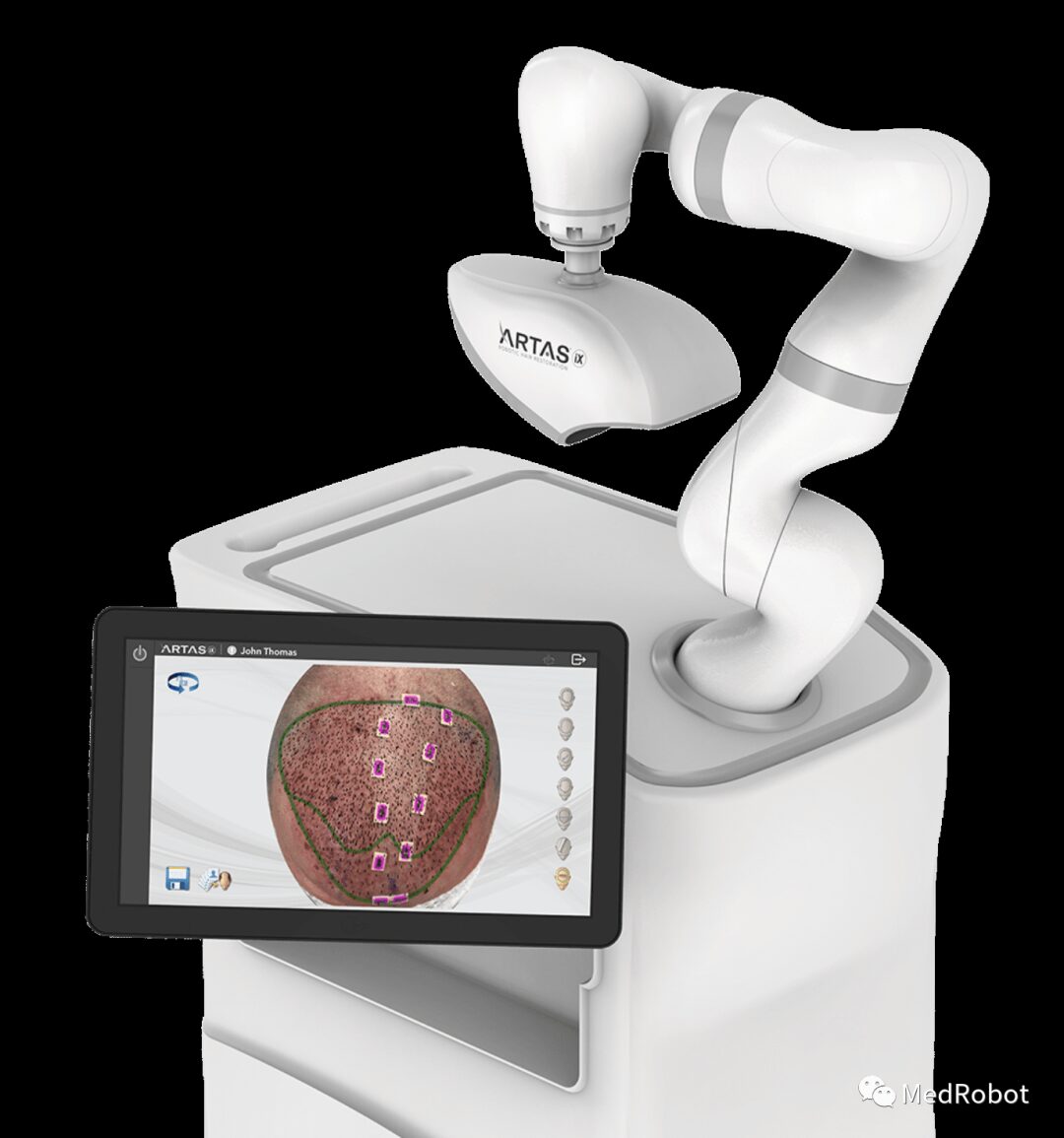 ▲ARTAS Hair Transplant Robot
In robotic hair transplant surgeries, surgical robots can collect hair follicles and transplant them to precise areas of the scalp with the assistance of AI algorithms. In such robot-assisted minimally invasive surgeries, there is no longer a need for surgical excision of the donor area, nor does the hair transplant doctor need to manually extract hair follicles repeatedly during a lengthy surgery.
The combination of medicine and technology allows data and treatment methods at every stage of patient care to be captured and recorded as valuable clinical information, further driving technological advancement and creating a positive feedback loop. Meanwhile, the entry of AI into the operating room is also expected to change the ways of surgical education and practice.
Integrating human-machine interaction into robotic surgery means that robots are no longer simple AI-driven devices, and therefore, the approval of such new devices requires special attention from regulatory agencies.
AI and robotic surgery complement each other, and their combination is crucial for improving the treatment experience for both surgeons and patients. With the help of AI, there is an opportunity to reshape robotic surgical procedures and elevate the healthcare industry to new heights.
1 Nishikawa, Atsushi et al. “FAce MOUSe: A novel human-machine interface for controlling the position of a laparoscope.” IEEE Trans. Robotics Autom. 19 (2003): 825-841.
▲ARTAS Hair Transplant Robot
In robotic hair transplant surgeries, surgical robots can collect hair follicles and transplant them to precise areas of the scalp with the assistance of AI algorithms. In such robot-assisted minimally invasive surgeries, there is no longer a need for surgical excision of the donor area, nor does the hair transplant doctor need to manually extract hair follicles repeatedly during a lengthy surgery.
The combination of medicine and technology allows data and treatment methods at every stage of patient care to be captured and recorded as valuable clinical information, further driving technological advancement and creating a positive feedback loop. Meanwhile, the entry of AI into the operating room is also expected to change the ways of surgical education and practice.
Integrating human-machine interaction into robotic surgery means that robots are no longer simple AI-driven devices, and therefore, the approval of such new devices requires special attention from regulatory agencies.
AI and robotic surgery complement each other, and their combination is crucial for improving the treatment experience for both surgeons and patients. With the help of AI, there is an opportunity to reshape robotic surgical procedures and elevate the healthcare industry to new heights.
1 Nishikawa, Atsushi et al. “FAce MOUSe: A novel human-machine interface for controlling the position of a laparoscope.” IEEE Trans. Robotics Autom. 19 (2003): 825-841.
Surgical Robot Overview (Continuously Updated)
Overseas:
Major Companies:Medtronic | Johnson & Johnson | Smith & Nephew | Intuitive Surgical | TransEnterix | Zimmer Biomet |
Laparoscopic:Versius | Senhance | Mira|Dexter | hinotori | Symani Mantra | ReVo-i | Curexo Orthopedics:ExcelsiusGPS | Remi | Natural Orifice:Anovo | Flex | Vascular Interventional:R-one| Puncture:Galaxy | NDR-ANT | Dental:Yomi Ophthalmology:ORYOM| Neurosurgery:LOOP-X | Others:PROCEPT | CyberKnife | HistoSonics | Theraclion |
China:
Minimally Invasive Robotics | Tianzhihang | Conmed | Shurui | Rosenbot | Aibo Medical | Jingfeng Medical | Yuanhua Intelligent



 ▲AI system Flyways from Airspace Intelligence
▲AI system Flyways from Airspace Intelligence ▲Senhance surgical robot from Asensus Surgical
▲Senhance surgical robot from Asensus Surgical
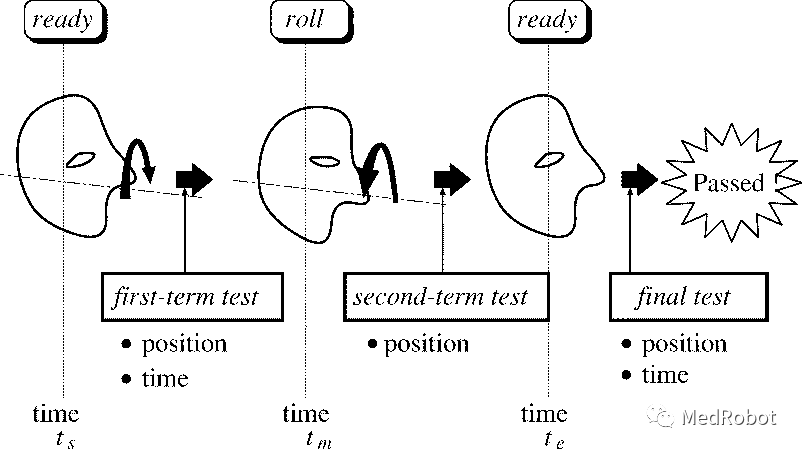
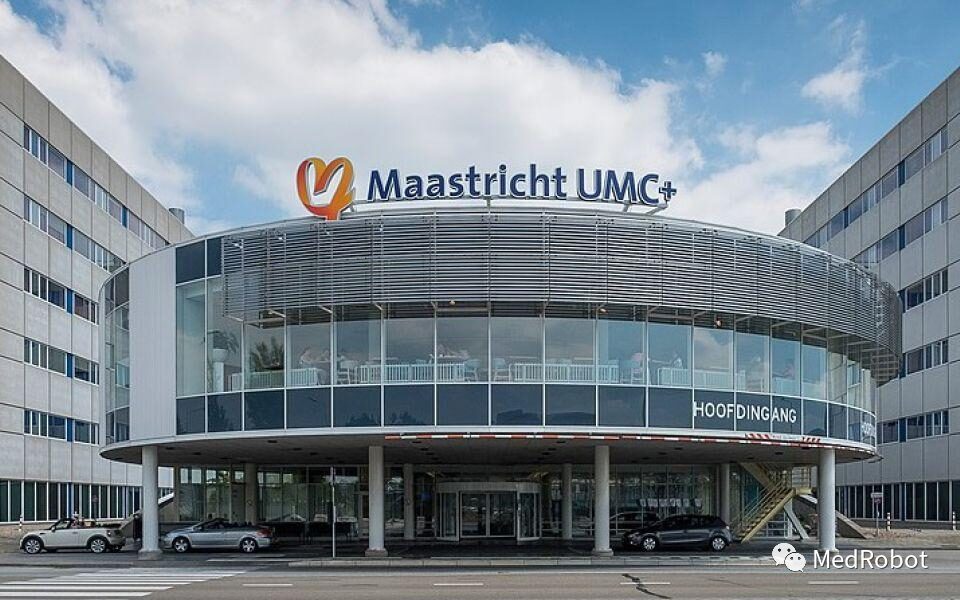
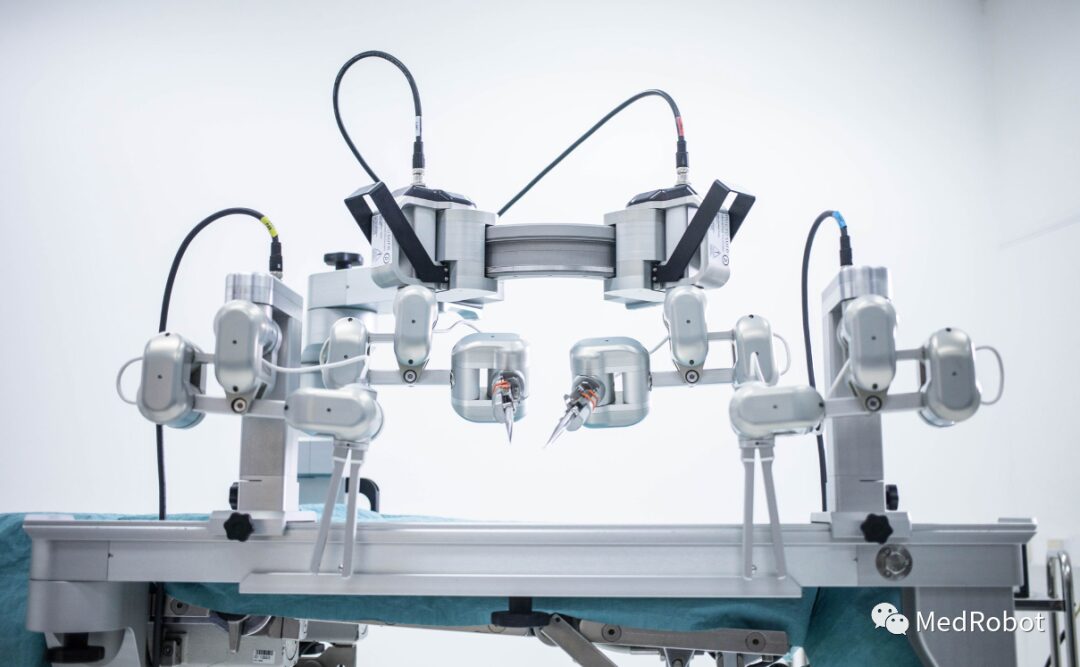
 ▲ARTAS Hair Transplant Robot
▲ARTAS Hair Transplant Robot
